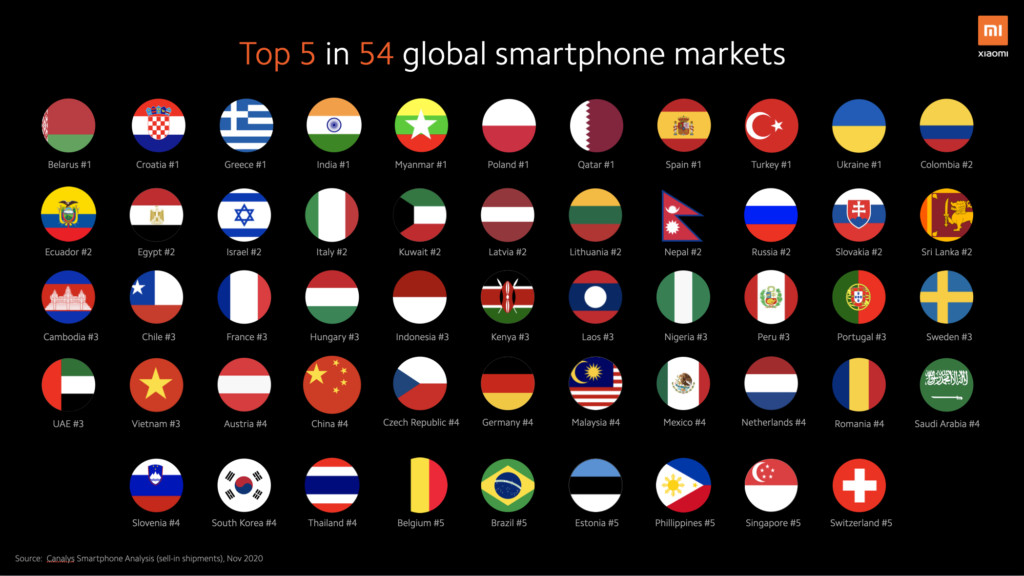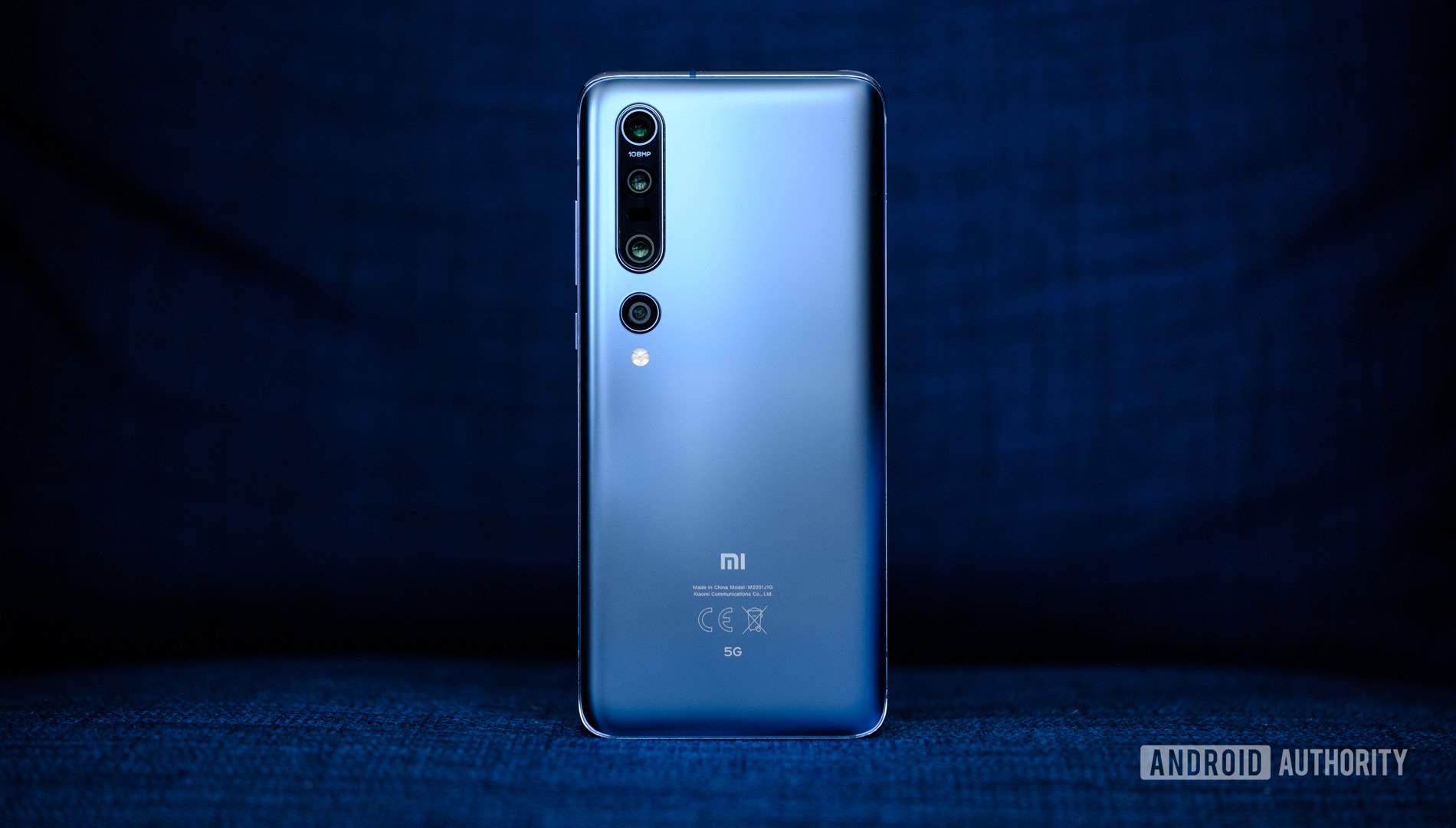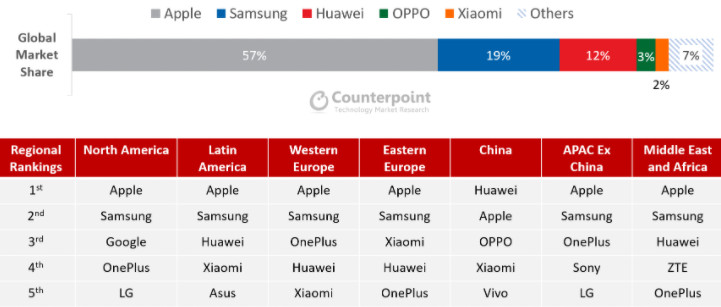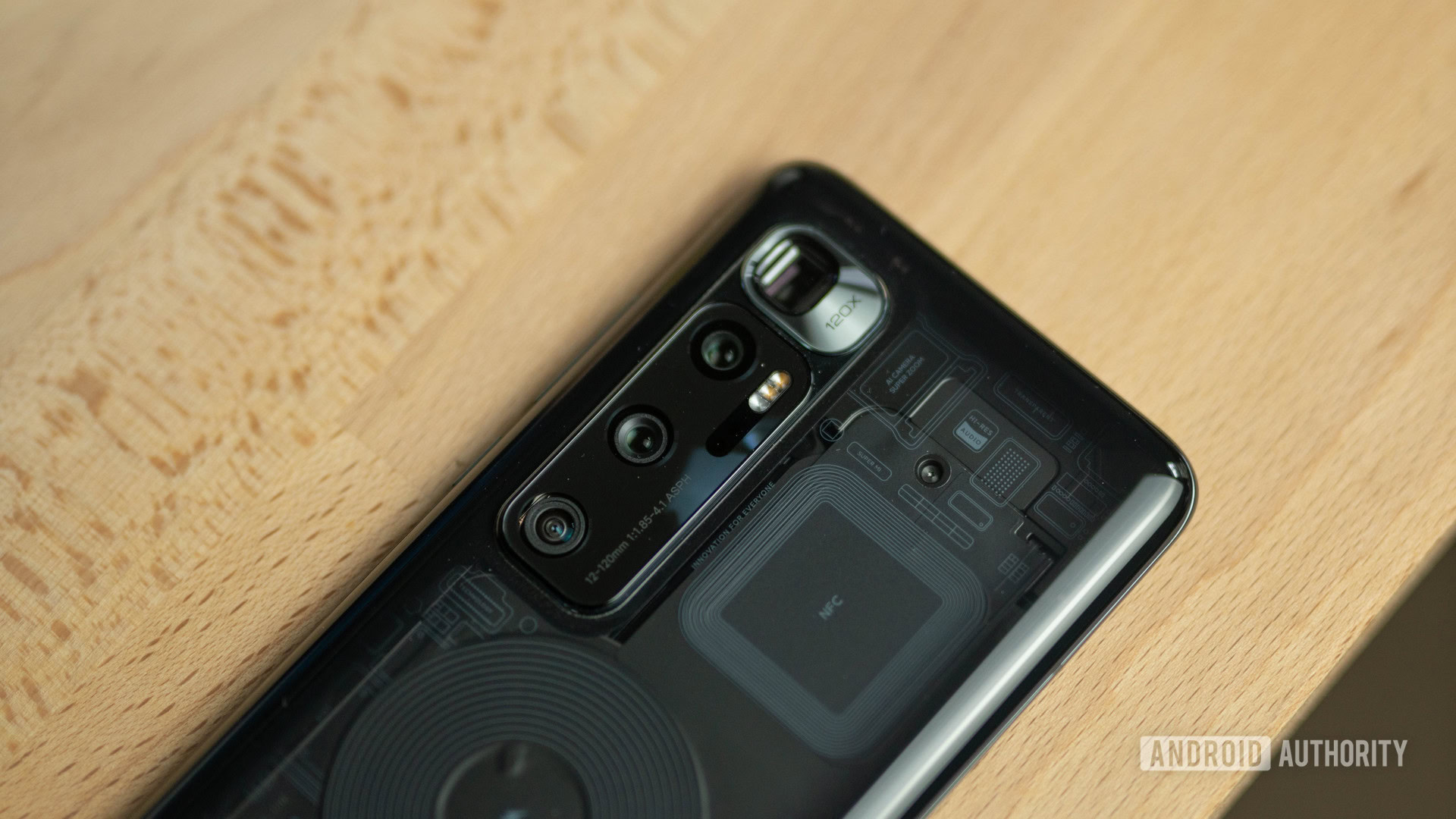Affiliate links on Android Authority may earn us a commission. Learn more.
Is Xiaomi the new HUAWEI? (Update: Video!)
December 9, 2020
Prior to the crippling US trade ban, the folks at Huawei were looking set to take the fight to Samsung. HUAWEI drew level with (and eventually passed) Apple for the number two spot globally, enjoying a ton of momentum in the few years prior to the sanctions.
Almost a year post-ban, HUAWEI even managed to pass Samsung for the coveted number one spot in Q2 2020. However, this was due to a combination of unprecedented circumstances. At the time, China was recovering from the COVID-19 pandemic while Samsung’s strongholds of Europe and North America were just being hit by it.
The latest Q3 2020 figures indeed strongly suggest that HUAWEI’s number one spot was due to these circumstances. The Chinese brand has since slipped down the order in many locales. HUAWEI’s US-induced slide has also opened the door for many brands to take advantage and it looks like Xiaomi has stepped up to the plate and picked up where HUAWEI left off.
The heir to HUAWEI’s throne?

Xiaomi revealed its financial results for Q3 2020 this week, reporting that shipments spiked by a massive 45% year-on-year. Meanwhile, Counterpoint Research previously reported that HUAWEI saw a 24% drop in shipments year-on-year during the same quarter. It also noted that it had 14% market share compared to Xiaomi’s 13% at the time.
In other words, it’s likely that Xiaomi has now passed HUAWEI in global market share and in the process has become the most popular Chinese brand to boot. That 45% figure is particularly impressive given that the rest of the top five players bar Samsung all saw year-on-year declines, according to Counterpoint. Even then, Samsung reportedly delivered a mere 2% growth.
Xiaomi’s strategy for the past couple of years has been to focus on HUAWEI’s traditional strongholds of Europe, the Middle East, and (to an extent) Africa, while keeping the momentum going in its home region of China and the hotly-contested Indian market. We previously reported that Xiaomi passed HUAWEI for the number three spot in Europe in Q2 2020. However, Xiaomi adds that it’s in the top five in 54 markets, and the top brand in 10 markets (see above).
Huawei's US-induced fall has coincided with Xiaomi's rise, but it's not just a coincidence.
The firm has long been trying to avoid putting all of its eggs in one basket, and this approach finally seems to be paying off too. Xiaomi reported that overseas revenue now accounts for over half its revenue for the first time ever (just over 55%). This means the brand can lean on domestic or foreign markets as it sees fit. This strategy has also been used to great effect by HUAWEI in the past, most recently with its number one ranking earlier this year.
Xiaomi has also adopted the tried-and-tested strategy of teaming up with carriers. These all-important networks have been looking to fill the void left by Huawei’s Google-free phones. More specifically, Xiaomi says it’s teamed up with 50 carriers covering “100 sub-networks” in 50 countries. This is a sensible move by the brand, as networks will undoubtedly be keeping an eye out for alternatives to HUAWEI’s portfolio of Lite phones, entry-level Y series handsets, and flagship devices.
The premium conundrum

Xiaomi’s budget phones have consistently been responsible for its growth over the years. Three budget Xiaomi phones were in the list of the top 10 most popular phones globally for Q3 2020. This was also the case in Canalys’ Q1 2020 phone rankings.
However, one major challenge for Xiaomi is the premium segment. The firm has been trying to make a dent in the high-end category for a while now. The company’s high-end Mi phones have generally been considered affordable flagships, such as the Mi 8 and Mi 9 series.
Our first hint of a premium approach, however, came last year when CEO Lei Jun suggested that higher flagship pricing was in the pipeline.
“I said internally that this might be the last time our price will be under 3,000 yuan (~$447),” the executive was quoted as saying by TechNode, referring to the Mi 9. “In the future, our phones might get more expensive — not a lot, but a little more expensive.”
What do you think Xiaomi needs to do with its flagships in 2021?
True to form, Xiaomi’s Mi 10 series was indeed more expensive when it launched early in 2020. Yet, this was far from a “little more expensive,” as the Mi 10 and Mi 10 Pro launched at 3,999 yuan (~$573) and 4,999 yuan (~$716) respectively in China. The phones also toted a €799 (~$952) and €999 (~$1,191) price tag in the likes of Europe.
Xiaomi has still offered cut-price flagships in the Mi 10T series, but it’ll need to beef up its premium devices with features like water resistance, better screen tech, and more if it wants to charge Samsung and HUAWEI levels of money.
The manufacturer will also need to contend with a resurgent Samsung and Apple at this tier. The Galaxy S20 FE and iPhone 12/iPhone 12 Mini respectively both stand out in terms of the price/performance balance. These are familiar brands for most consumers, so Xiaomi will have to deliver in a big way if it hopes to draw eyeballs away from Samsung and Apple at the high-end.

There was nevertheless some encouraging news in this segment. Counterpoint previously reported that Xiaomi entered the top five when it came to premium ($400+) brands in Q1 2020. This marked a first for the brand since Q3 2018 and was attributed to the Mi Note 10 and Mi 10 family. See the graphic above for a better idea of the rankings.
However, it’s worth noting that while Xiaomi was ranked fifth in Q1 2020, it only accounted for 2% market share — such was the level of consolidation between Apple, Samsung, and HUAWEI in this segment at the time. Still, HUAWEI’s 12% share was undoubtedly up for grabs. We wouldn’t be surprised if Xiaomi has eaten into its share already.
What does this mean for 2021?

The COVID-19 pandemic and economic uncertainty, combined with HUAWEI’s troubles, definitely resulted in the ideal circumstances for value-driven smartphone brands to cash in. It just so happens that Xiaomi was in the right place at the right time to take advantage of these conditions. Nevertheless, there’s more to being a top-tier player than delivering cheap phones. Xiaomi will need to up its flagship game if it hopes to duke it out with Apple and Samsung at this tier.
Could Xiaomi cement its number two spot on the charts in 2021 though? That’s the big question, and a lot hinges on what actions the Biden administration will take against HUAWEI next year. The return of Google services would be a major win for HUAWEI, but it will still have its work cut out to win back consumer trust.
In addition to competition from kingpin Samsung and potential competition from HUAWEI, Xiaomi will also be facing a challenge from the likes of OPPO, realme, and vivo in 2021. In fact, all three brands are relatively new to the crucial European region, with vivo only launching earlier this month. Budget-focused realme in particular could be the biggest threat to Xiaomi’s global market share. It has accrued a following in Xiaomi’s stronghold of India, while also aggressively expanding to the likes of Europe.
Xiaomi has also been increasing its investment in R&D over the years, revealing that it spent 7.5 billion yuan (~$1.14 billion) in 2019, making for a 29.7% increase over 2018. The firm projected that it would be spending 10 billion yuan (~$1.5 billion) in 2020. These figures are dwarfed by HUAWEI’s R&D expenditure — a massive $15 billion in 2019.
Nevertheless, Xiaomi is expected to deliver faster charging, under-display selfie cameras, and UWB wireless technology in 2021. Will new tech and competitive pricing help it consolidate a number two spot in 2021? Only time will tell.